The apparent bending of the needle when it crosses from one medium to another (with another acoustic impedance) is an example of refraction due to different propagation velocity in the two media
This is called the Bayonet sign
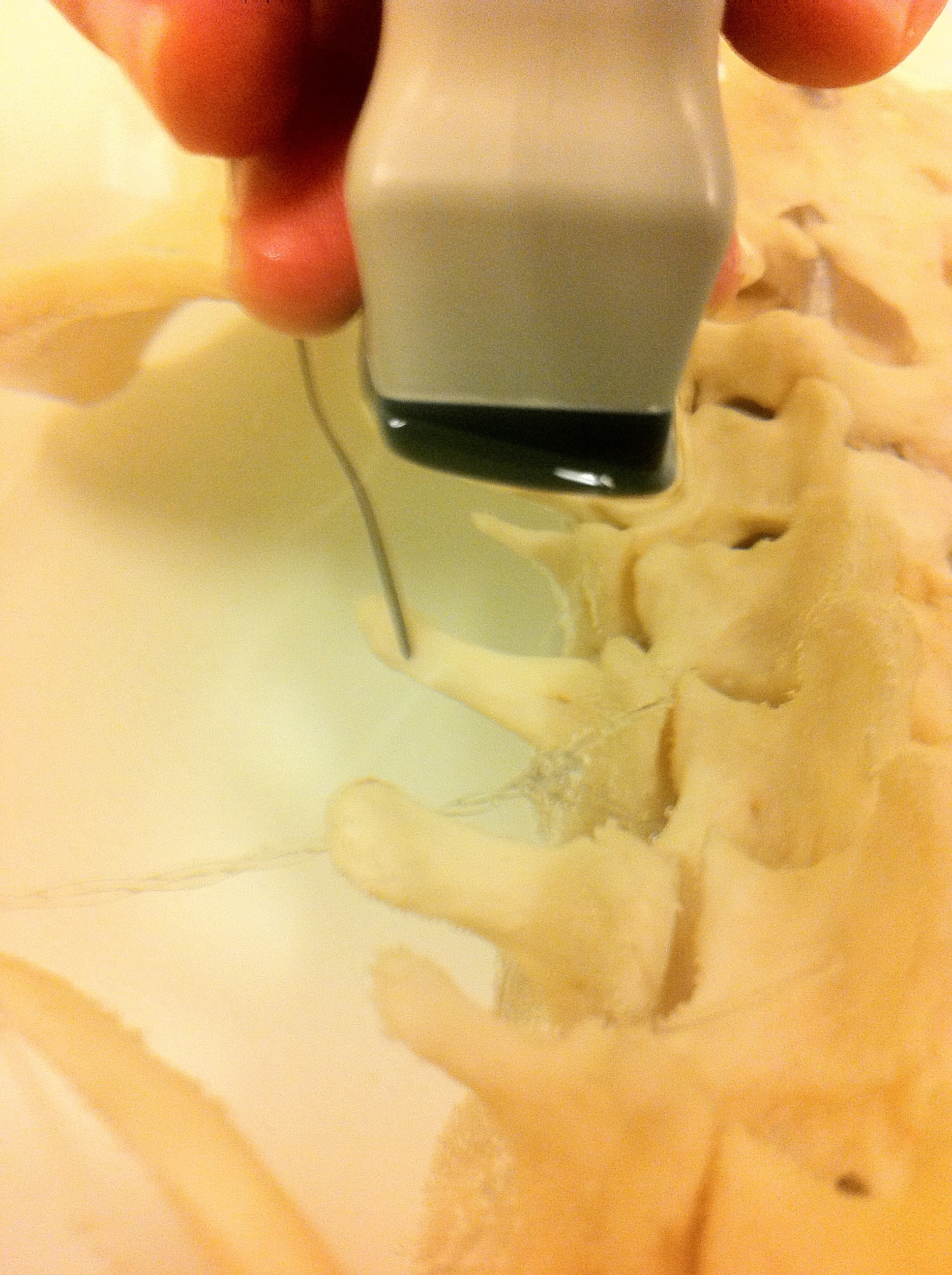
The apparent bending of the needle when it crosses from one medium to another (with another acoustic impedance) is an example of refraction due to different propagation velocity in the two media
This is called the Bayonet sign

Interaction of sound wave and a medium:
When a sound wave propagates in a medium, the wave and the medium interact in a way that changes the energy and direction of the sound wave.
The categories of interaction are:
– attenuation
– absorption
– penetration
– transmission
– acoustic impedance
– reflection (specular and diffuse)
– refraction
– diffraction
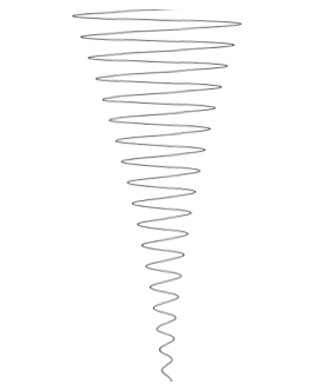
As a sound wave propagates through a medium, the sound wave loses energy proportional to distance travelled from the source of sound
This energy loss or weakening of the sound wave amplitude is called attenuation of sound. It is mainly due to absorption but also to reflection and dissipation at tissue interfaces
Attenuation of a sound wave is proportional to the frequency of the sound wave and differs among body tissues
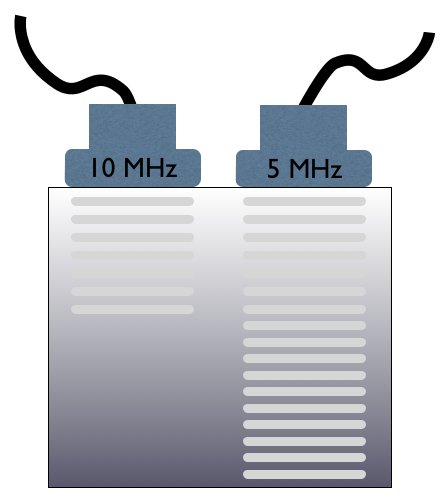
The magnitude of the attenuation is expressed as the attenuation coefficient (AC). High AC (e.g. bone) means that the tissue attenuates the sound wave strongly. AC also varies with the sound wave frequency.
Examples:
When your neighbour downstairs plays music on his stereo, you may hear the low frequency bass but not the high frequency rhythm guitar.
Bone cannot be penetrated by ultrasound due to the high AC for this tissue. This is one of the reasons why structures situated deep to a bone cannot be imaged with ultrasound.
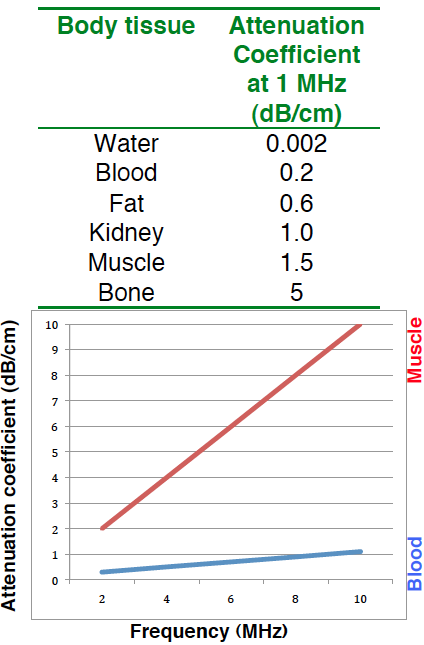
Absorption is the major cause of energy loss (attenuation) of ultrasound in biological tissue and is due to friction which converts kinetic energy to heat energy (thermal relaxation).
Absorption depends on the tissue type (e.g. the absorption is high in bone and low in fluids) and on the frequency of the sound wave. High frequency causes more absorption.
Absorption accounts for 80% of the attenuation of sound in soft tissues.
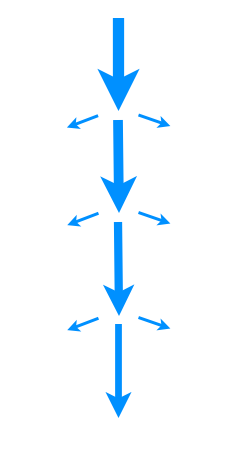
Transmission
When the sound wave propagates in a medium without striking any interfaces, it passes through the medium without any reflection, scattering or refraction.
In a homogeneous medium the transmission is only reduced by absorption. Even in a heterogeneous medium some of the sound wave is usually transmitted when it strikes an interface.
Penetration
The ability of a sound wave to penetrate through tissue depends on the attenuation. This loss of penetration capacity is proportional to frequency.
Penetration expresses how deep the ultrasound wave can penetrate down into the tissue.
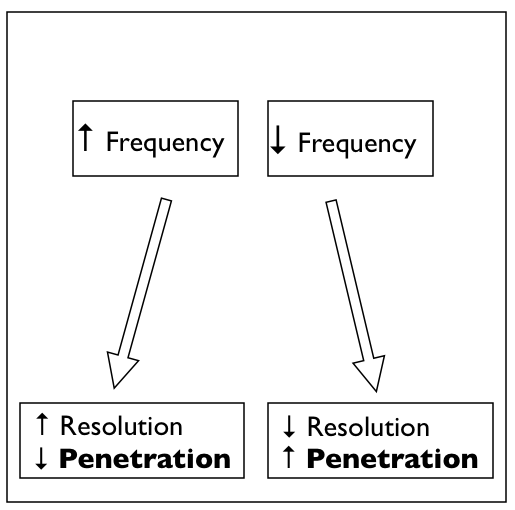
Amplitude, wave length, period, frequency, velocity
Waves can be described mathematically with a location-amplitude-coordinate system and a time-amplitude-coordinate system with a sinus curve.
The basic parameters of a harmonic wave are:
• Amplitude (A) = maximum oscillation
• Wave length (?, lambda) = distance from wave top to wave top
• Period (T) = time interval from one wave top at a well defined location until the next wave top gets to the same location
• Frequency (1/T) = number of wave tops per time unit. SI unit for frequency is Hertz (Hz) = s-1
• Velocity (v) = the speed of the wave = lambda/T
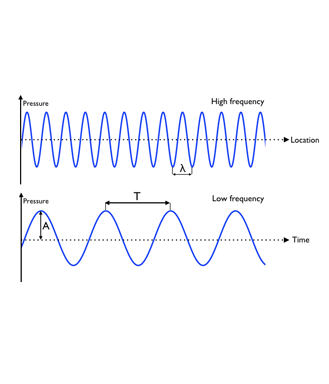
Understanding the basic concepts of wave and sound physics is necessary in order to learn how ultrasound works.

A wave is an oscillating disturbance of the particles in a medium and the disturbance travels through the medium
A sound wave is an example of such a vibrational or oscillating disturbance propagating (continuing itself) through a medium – e.g. air or water
?A wave is transmission of energy from one location to another
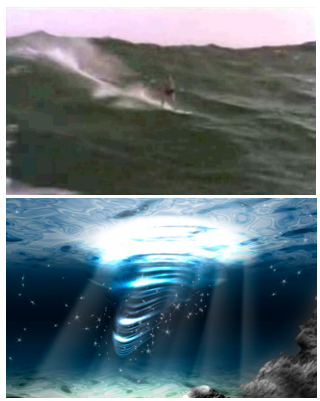
A medium is the substance or material that carries the wave
The medium carries the wave from one point in the medium to another point
A sound wave is transmitted by the vibration of a medium
The medium can be air, water, wood, or any other material
The only place in which sound cannot travel is a vacuum
